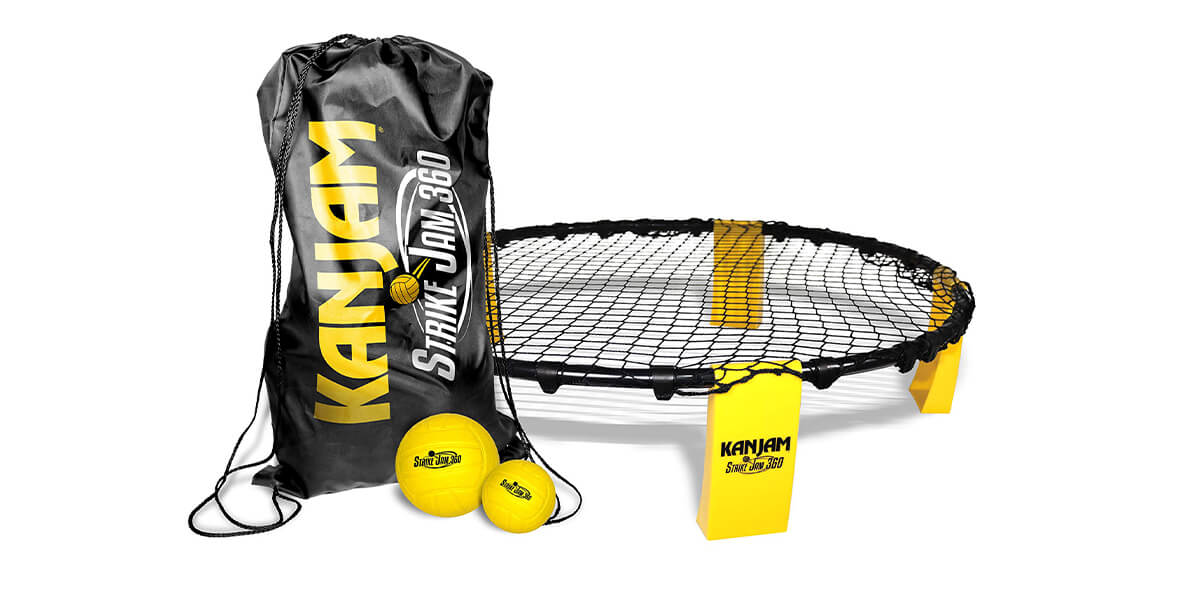Playing games is something that never goes out of style. It is suitable for people of all ages. Different games and activities are ways of bringing friends and families closer together. People often find that they have run out of things to play, but rest assured, there are plenty of options that you probably have not even heard about.
What about KanJam? Do you know what this is or what it entails? There is nothing to worry about; you are about to add a fun new game to your list and learn exactly how to play it.
What is Kan Jam?
This exciting game involves discs and what appears to be garbage cans. KanJam aims to throw discs into these containers or trash cans. The first traces of this game began in Buffalo by Charles Sciandra and Paul Swisher.
Kan Jam Rules
There are official rules and guidelines on how to play this game. These rules are listed below:
- Opposite “kans” are to be placed 50 feet apart.
- Male players over the age of 12 need to throw the disc from behind the front edge of the can.
- None of your body parts are allowed to cross the line, including your arm when throwing the disc.
- Females and males under the age of 12 are allowed to stand 10 feet closer to the “kan” edge if they wish to.
- You need to end the game on exactly 21 points.
- The disc may not hit the ground.
- You cannot come into contact with the disc twice during one turn.
How to Play Kan Jam
KanJam is a fairly simple game to play. It requires you and your fellow players to stand across from the cans. You then take turns to throw and deflect the disk with your partners. People on the same teams work together against the competing teams.
The ultimate goal is to get the disc into the can; however, there are three different things to aim for. The goals include:
- Hitting the can with the disc
- Getting the disc inside of the container through the opening at the top
- Throwing the disc inside the can through the slot opening provided
The third option is considered as the best outcome and is classified as an Instant Win. Teamwork is allowed in this game; as one player throws the disc, the other is allowed to redirect it in order to achieve the desired outcome.
The person who throws first can be decided on amongst the players. Team members take turns to throw and deflect the disk before the opposing team tries.
Kan Jam Game
KanJam, much like other games, is played for fun; however, you are still trying to win! To win this game, you need to score 21 points. Different points are earned from achieving the three goals in different ways.
In order to gain one point, your partner needs to deflect the disc so that it hits the “kan.” This is known as a dinger. A deuce, which is two points, occurs when the person throwing the disc hits the “kan” without any assistance. If your team member deflects your throw into the container, you receive three points. This is called a bucket. An instant win is when you manage to throw the disc directly into the can through the slot provided. If this occurs, the game is over.
This can become slightly complicated as you may not get more than 21 points. You need to get the exact score. If you do go over the limit, then you need to deduct those points and try again.
KanJam ensures that there is always a winner. The game cannot end with a tie. If this is the case, then the game goes into overtime. The team that scores the most points during this period is the winner. Once again, an instant win automatically ends the game.
The Winner Does Not Always Take It All
Winning is always exciting; however, it should not be the main objective of playing a game. Your priority should be to have fun and spend quality time with the people who are dear to you.
Making time for a game helps to keep your energy levels up and boosts your mood as you get to interact with others, do something energetic, and think in a different way than you are used to. KanJam is the perfect option as it combines fun with being active, communicating, and using your brain.

